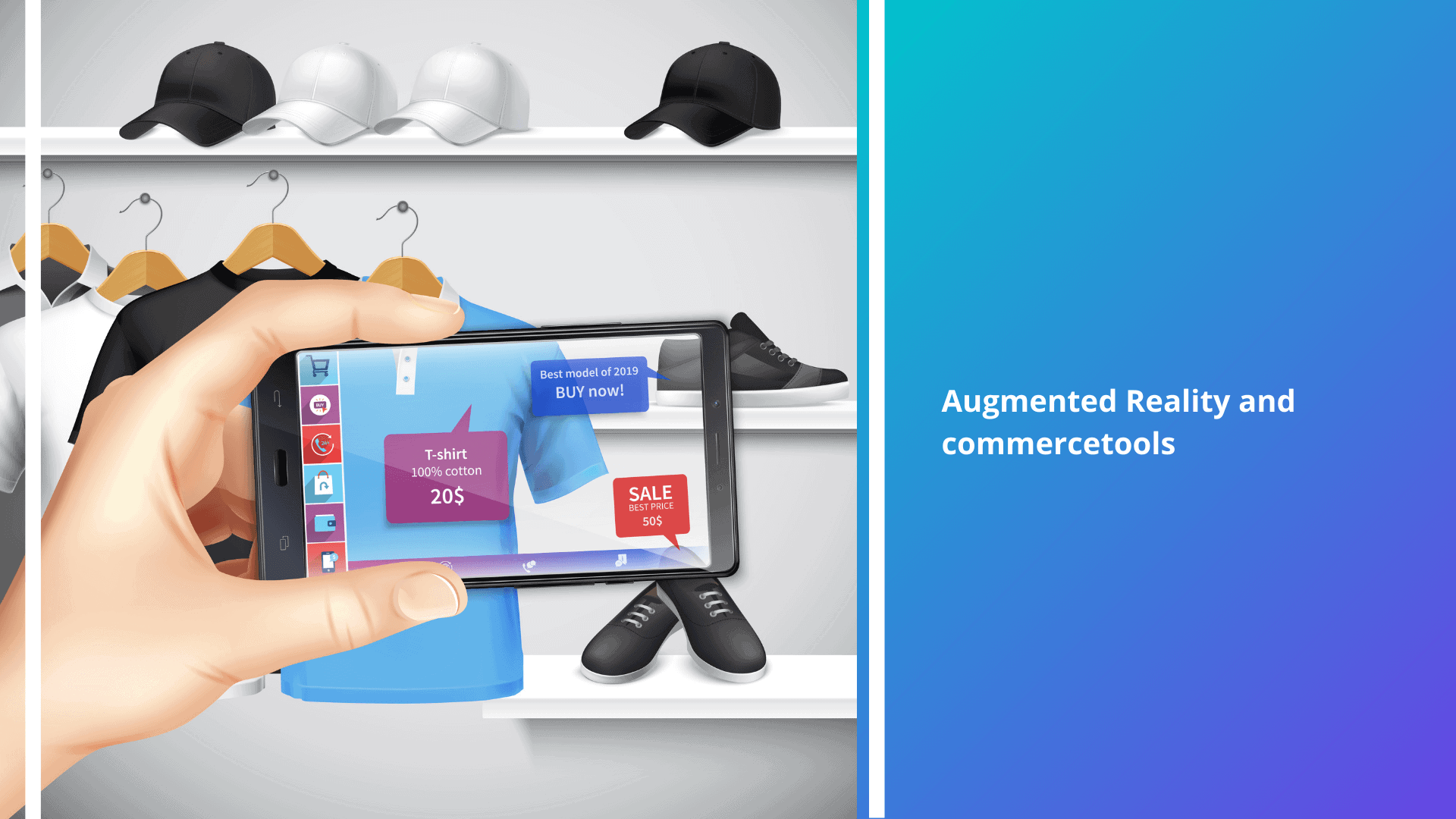At commercetools, experiments are done with both virtual and augmented reality commerce and have found out many things particularly for shopping. Both augmented and virtual reality offers an engaging and immersive customer experience when compared to a simple website or social media.
Augmented reality and commercetools come together to create a 3D view of products in the present environment. Before carting the item, the customer can view the product in their own environment and become confident for the purchase. Augmented reality is an exceptional and innovative way to display frames, furniture and other products in a living room. Clothes can also be augmented in 3D, they can be rotated and even placed in front of a mirror and walk around. Creating a face-based AR experience allow necklaces and jewellery to be augmented on a user via the front camera.
How brands are using AR for shopping applications?
The brands like BMW, IKEA, Zalando and many others are getting ready for the post webshop era. Atelier Swarovski, a well-known jeweller, has a home décor line and recently launched an application where visitors get to experience the products in the virtual environment. The customers are also able to make digital payment and purchase directly in the virtual environment through the cooperation with Mastercard.
IKEA is a Swedish retailer of furniture and recently launched an application named IKEA Place. It lets the customer place the piece of furniture in their home by making use of ARKit in iOS11. This app enables the customer to decorate their rooms in the augmented space after the scanning. The 3D product is very realistic and can be turned and viewed from all the sides.
Integrating commercetools with Augmented Reality applications
When it comes to a truly personalised shopping experience, augmented reality is one step ahead. It offers users with a real-world physical environment where both real and virtual objects are visible. Nicholas Speeter, a major AR enthusiast and commercetools software developer has been testing commercetools in AR/VR shopping applications. On winning the battle between the two, he said that “AR is winning because we’ve already seen a number of leading industries adopting it, and because it interacts with your person, your real life, and your actual surroundings.”
Apple ARKit was used to develop the iOS mobile application for iPad and iPhone. The Swift programming language is utilized to display stored 3D models and retrieve product data. The commercetools iOS SDK integrates easily into an iOS AR project created in XCode to into interact with a commercetools project through API requests. With commercetools you can add world tracking, multiple objects, touch interactions, product search features, and payment processing to create your custom AR experience.
How does commercetools support AR?
The innovative technology of Augmented Reality holds the potential to change everything regarding the buying experience of a consumer. commercetools supports innovation by minimising the cost and time in trying out new ideas. It also supports in the following ways:
1. Faster time to value: The microservices approach of commercetools simplifies the Quality Assurance process. Testing is required only for written microservice. The team can also develop in any suitable programming language as all codebases can coexist.
2. Quick and simple partnerships: commercetools is API-first by design and built with ease of integration. The smart business partnerships will not be strangled by lengthy and difficult technical integrations.
3. Reduced vendor lock-in: commercetools enable the enterprises to transform their supply chain partnerships by removing the barriers of integration activities. This flexibility grants new paths to explore opportunities.
4. Freedom from backend: New experiments can be rolled out with new consumer channels/business models without disturbing backend functionality, capability or logic. It gives freedom from the monolithic systems – everything had to be changed if a single thing is changed.

Final Words
Across all the hardware and software platforms, Augmented reality persists to become popular and thus E-commerce will be equally important in this mixed reality landscape. The commerce platforms are now embracing this innovative technology as AR is now mainstream for iOS, Android and headsets like Google Glass and other wearables. And with commercetools it is very easy to integrate with AR as they both are technologies built for the future.
About SynergyTop
SynergyTop is a proud commercetools partner and it’s working towards achieving commercetools vision to help the rest of the industry embrace #MACH with the same passion as the 250+ commercetool’ers around the world.
SynergyTop leverages all the facility provided by commercetools like Accelerators, Integrators, Merchant center, Marketplace etc. to provide seamless commercetools implementations. At SynergyTop, we have a team of best in the industry consultants on headless commerce experience and cloud solutions. Write to us at info@synergytop.com.

Learn more about Augmented Reality in our blog – How Augmented Reality Can Improve E-commerce Business?
















